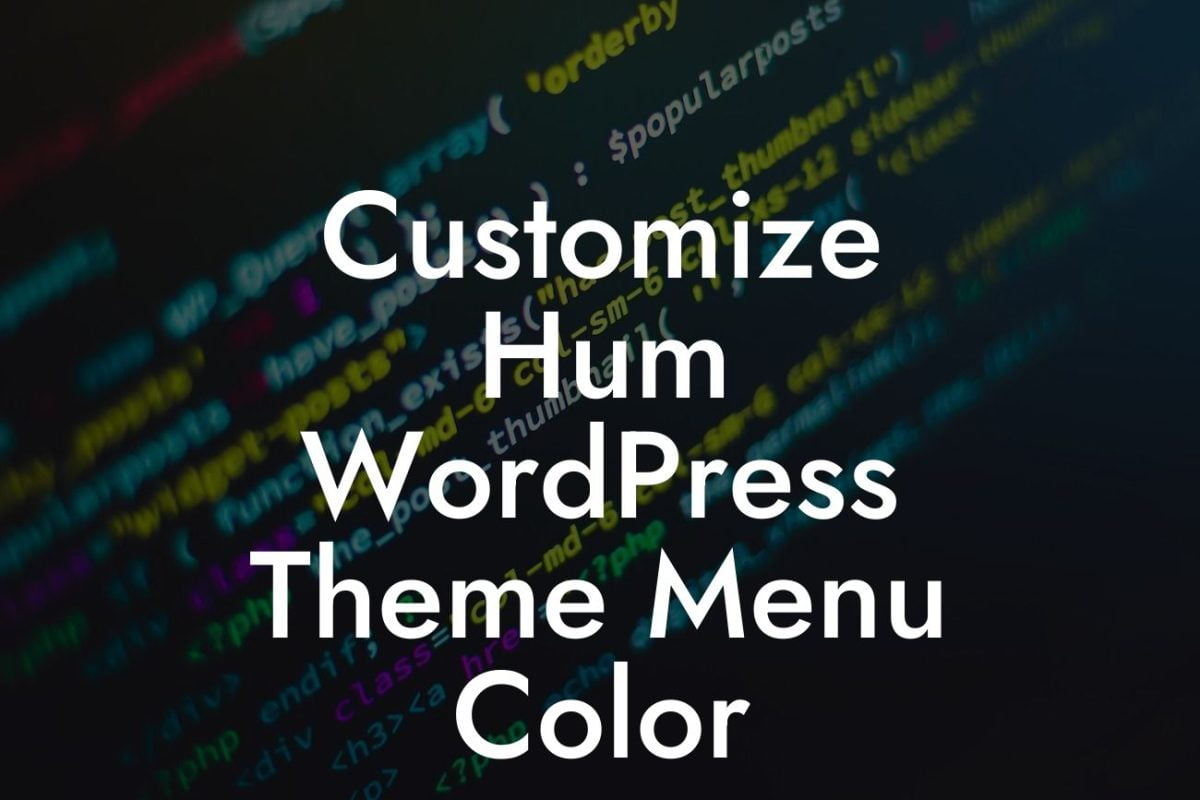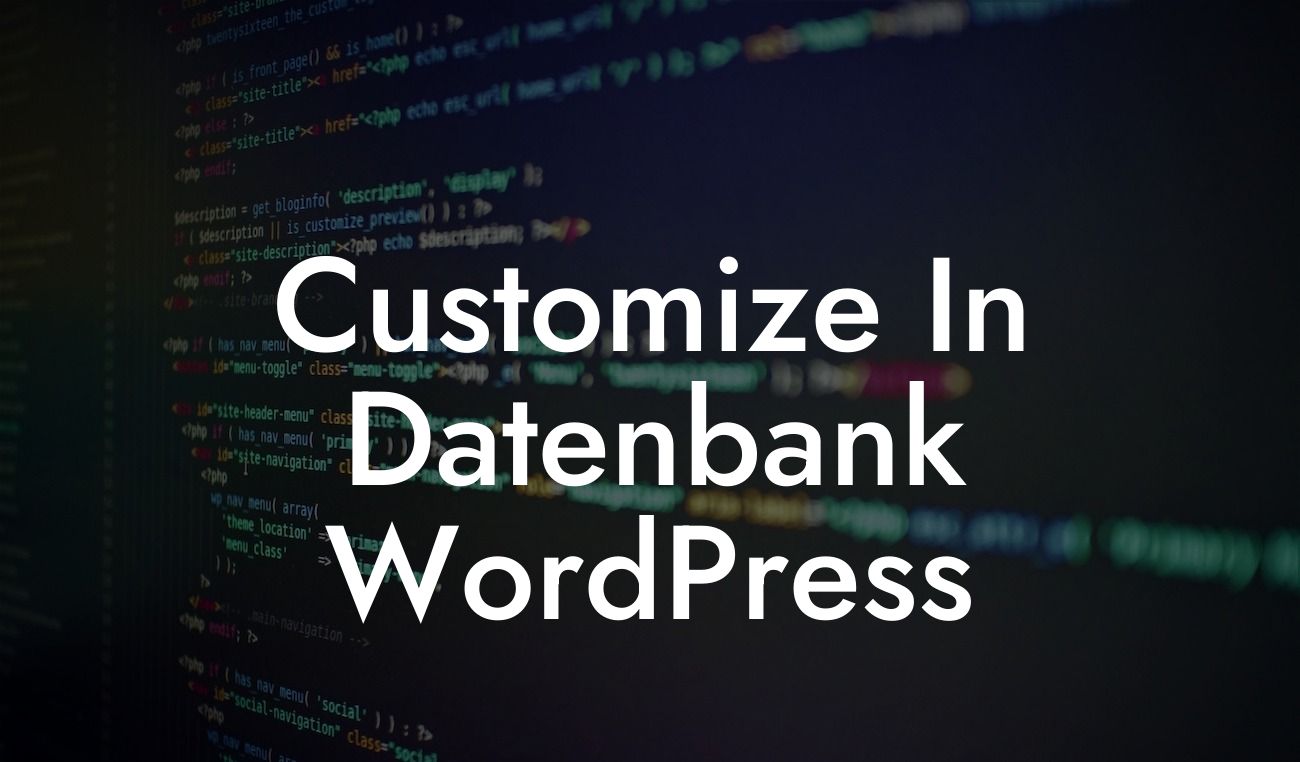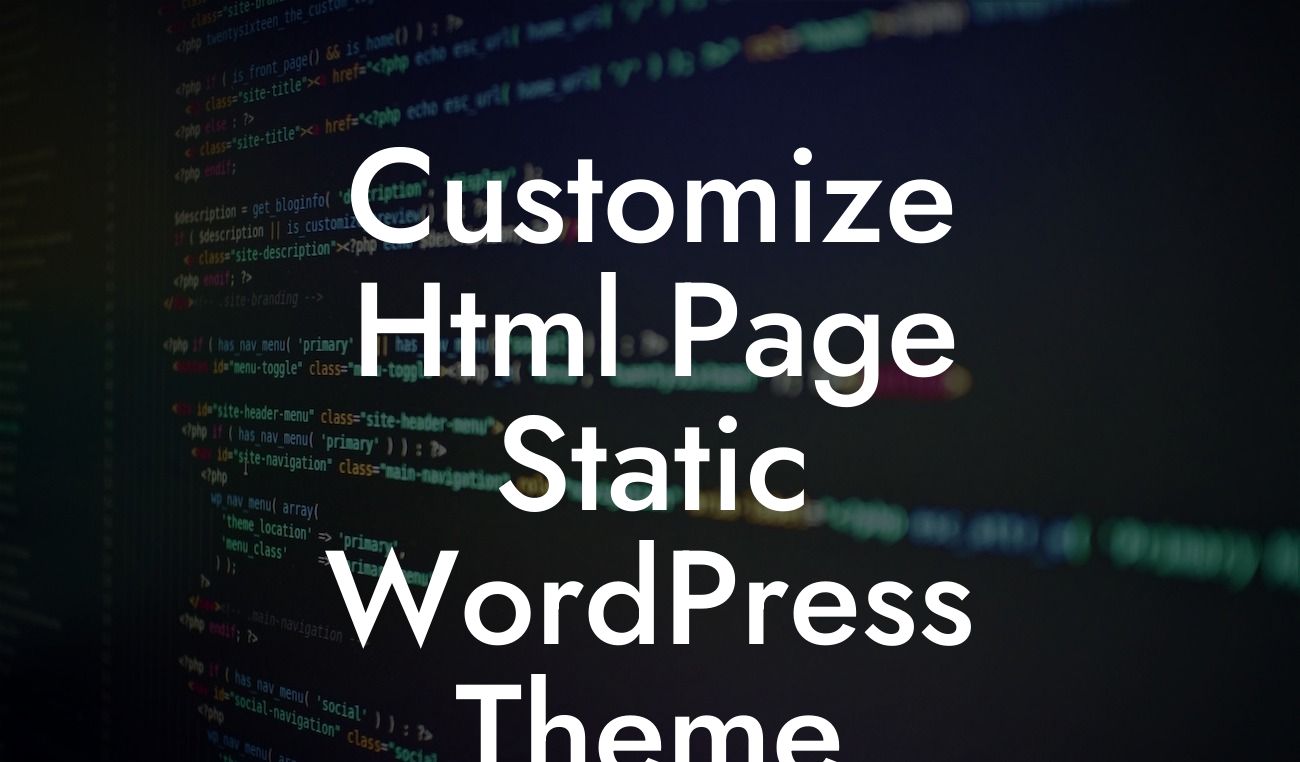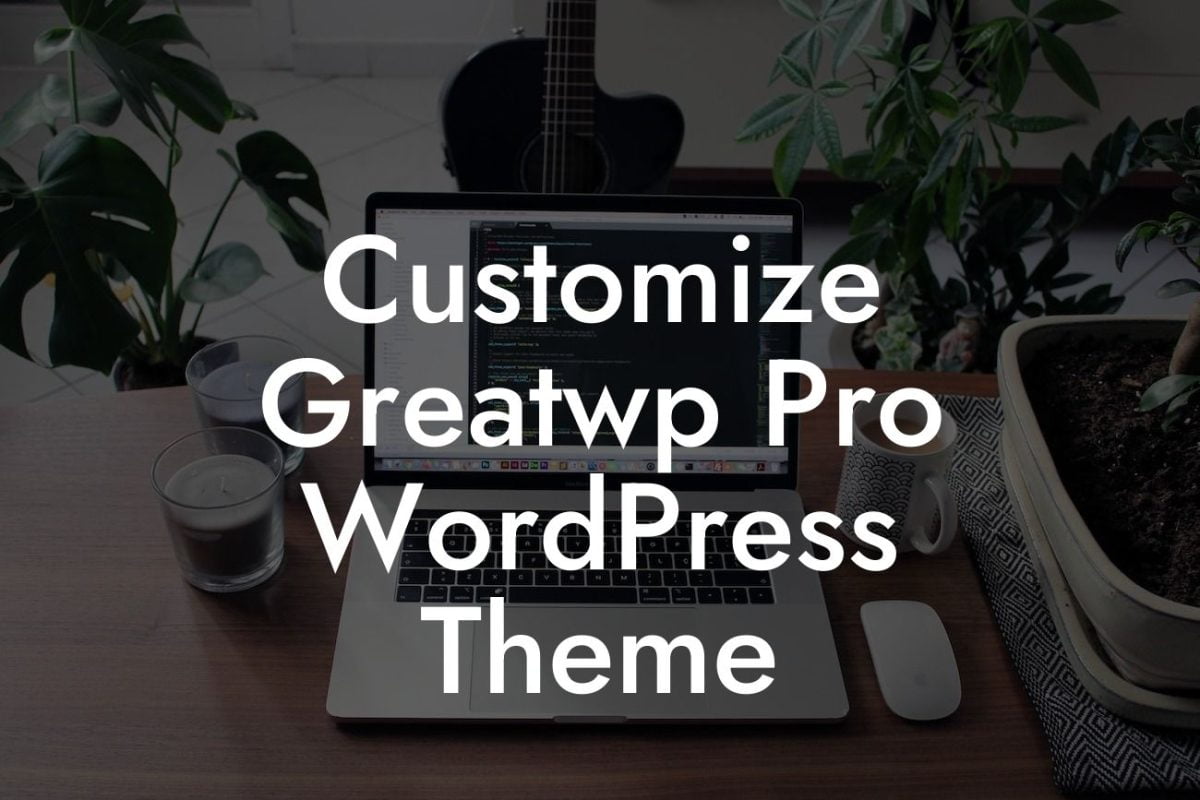Customizing files within a WordPress plugin can be a game-changer for small businesses and entrepreneurs. It allows you to personalize your website, enhance its functionality, and stand out from the crowd. In this article, we will guide you through the process of customizing files in WordPress plugins, providing you with valuable insights, practical tips, and real-life examples to empower your online presence. Get ready to embrace the extraordinary with DamnWoo!
Customization is not a luxury; it's a necessity for any small business or entrepreneurial venture aiming to thrive in the digital world. Here's a step-by-step guide on how to customize files in a WordPress plugin:
1. Choose the Right Plugin:
Before diving into customization, selecting the right plugin is crucial. Look for a plugin that aligns with your business's specific needs and has a reputation for reliability and support.
2. Create a Child Theme:
Looking For a Custom QuickBook Integration?
To ensure that your customizations remain intact during plugin updates, creating a child theme is essential. This way, you can modify plugin files without altering the original files and risking potential conflicts or loss of modifications.
3. Identify the Files to Customize:
Every plugin has its file structure, and identifying the files you want to customize is the next step. Commonly, these files include CSS, PHP, and JavaScript files. Analyze the plugin's documentation or explore its file hierarchy to pinpoint the desired files.
4. Utilize Hooks:
WordPress provides various hooks that allow you to add, modify, or remove content from plugins without directly touching the plugin files. Hooks provide a safer and more future-proof way to customize your plugins while also ensuring compatibility with future updates.
5. Modify CSS:
CSS customization enables you to change the plugin's appearance and adapt it to your branding and design preferences. Identify the CSS classes or elements within the plugin's CSS files that you want to modify, and override them within your child theme's CSS file.
6. Alter PHP Code:
Customizing the PHP code is often necessary to achieve advanced functionality or troubleshooting plugin issues. However, altering PHP files directly is risky and may lead to unforeseen consequences. Instead, utilize WordPress hooks or actions within your child theme's functions.php file to modify the plugin's behavior.
Customize File In Plugin Wordpress Example:
Imagine you have a small business that offers an online booking service and uses a popular WordPress plugin for booking management. However, the plugin's default appearance clashes with your website's design. By customizing the plugin's CSS file, you can match your branding colors, font styles, and overall visual aesthetics seamlessly. This customization will give your customers a cohesive experience and reinforce your brand identity.
Congratulations! You've learned the art of customizing files in WordPress plugins to elevate your small business or entrepreneurial website. Now, it's time to explore DamnWoo's collection of awesome plugins crafted exclusively for businesses like yours. Enhance your online presence, supercharge your success, and unlock extraordinary possibilities. And don't forget to share this article with your fellow entrepreneurs who want to take their WordPress websites to the next level!













